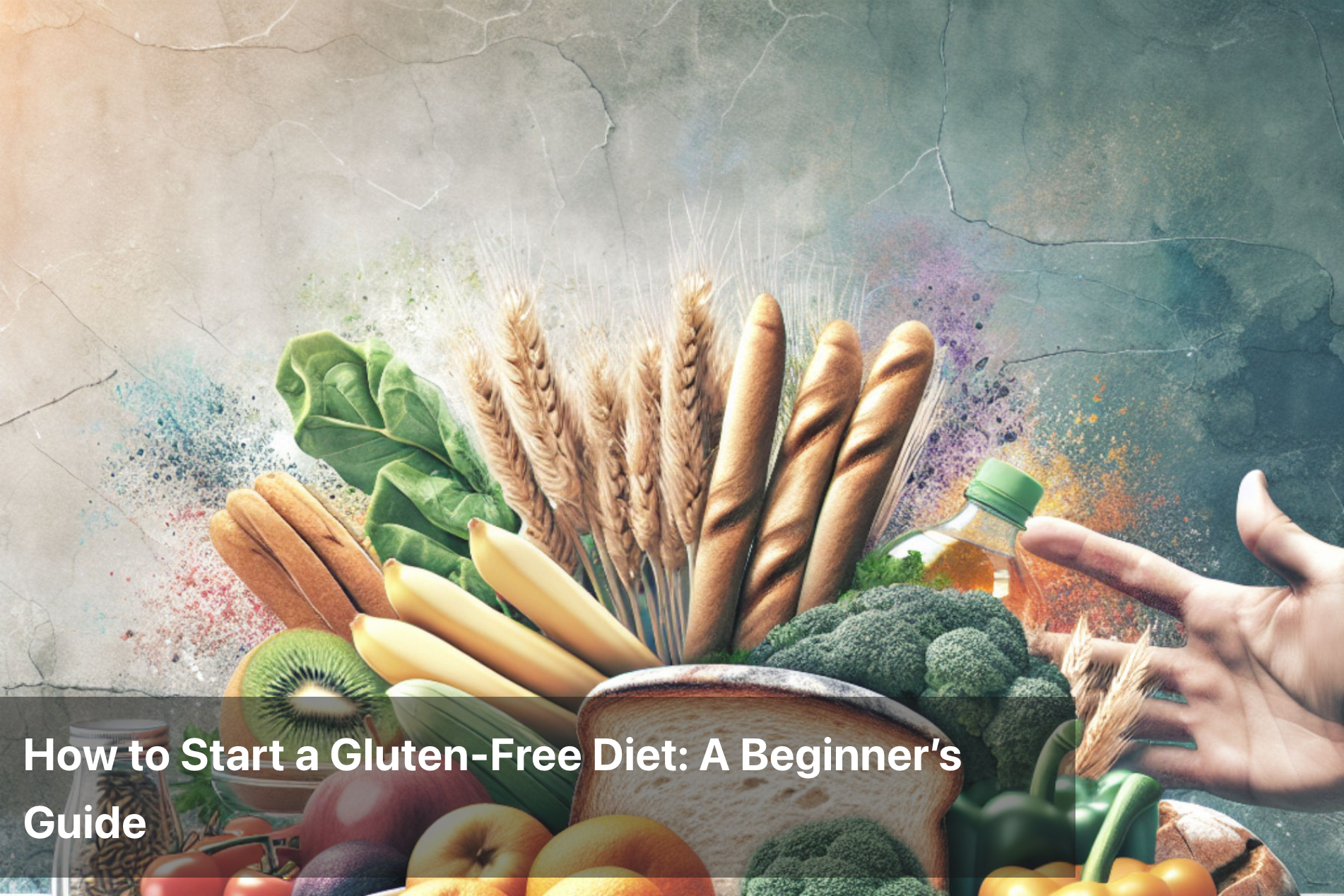
How to Start a Gluten-Free Diet: A Beginner’s Guide
A gluten-free diet eliminates all sources of gluten, a protein found in wheat, barley, and rye. While it’s a medical necessity for people with celiac disease, non-celiac gluten sensitivity, or wheat allergies, others may choose it for digestive relief or general wellness. Transitioning to a gluten-free lifestyle can be challenging at first, especially when hidden sources of gluten and cross-contamination are not immediately obvious.
The key to success is preparation, label awareness, and a focus on whole, naturally gluten-free foods. A well-balanced gluten-free diet can be nourishing, satisfying, and free from nutritional gaps when planned properly.

Who Needs a Gluten-Free Diet
A gluten-free diet is not just another health trend—it’s an essential therapy for certain health conditions. Understanding who truly needs to follow this diet helps in making informed decisions.
-
Celiac Disease: An autoimmune disorder where gluten causes the immune system to attack the small intestine, leading to inflammation and nutrient malabsorption. Even trace amounts of gluten can trigger serious damage.
-
Non-Celiac Gluten Sensitivity (NCGS): Individuals experience digestive and systemic symptoms after eating gluten, but without the intestinal damage seen in celiac disease. Symptoms subside when gluten is removed from the diet.
-
Wheat Allergy: An immune response to any wheat protein, not just gluten. It can lead to skin rashes, digestive issues, or even anaphylaxis in severe cases.
For others, going gluten-free may not be necessary and could result in missing out on important nutrients unless done carefully.
How to Begin a Gluten-Free Diet
Starting a gluten-free diet involves more than just cutting out bread or pasta. It requires a comprehensive understanding of foods, labels, and potential cross-contamination sources.
-
Clear your pantry: Remove all products containing wheat, barley, rye, malt, and brewer’s yeast. Double-check items like soups, sauces, and seasonings.
-
Read labels carefully: Look for terms like "wheat flour," "barley malt," "modified food starch" (if source is not specified), and "hydrolyzed wheat protein."
-
Choose certified gluten-free products: These have been tested and confirmed to contain less than 20 ppm (parts per million) of gluten, which is generally safe for sensitive individuals.
-
Avoid cross-contact: Use separate toasters, cutting boards, and utensils to avoid contaminating gluten-free foods with gluten-containing crumbs or particles.
With consistency and awareness, the transition becomes easier and more manageable over time.
Naturally Gluten-Free Foods to Focus On
There are many naturally gluten-free foods that should form the foundation of your diet. These not only provide essential nutrients but also reduce your reliance on packaged substitutes.
-
Whole grains: Quinoa, brown rice, millet, amaranth, sorghum, buckwheat, certified gluten-free oats
-
Fruits and vegetables: All fresh produce is naturally gluten-free and rich in fiber and antioxidants
-
Proteins: Eggs, chicken, fish, legumes, tofu, nuts, and seeds
-
Dairy: Milk, yogurt, and cheese (check for hidden additives)
-
Healthy fats: Olive oil, ghee, coconut oil, avocado
These foods help maintain energy, digestion, and immune function while ensuring a balanced and sustainable diet.
Foods That Commonly Contain Hidden Gluten
Many processed and packaged products contain gluten, even if they don’t seem obvious at first glance. It’s crucial to know what to avoid.
|
Category |
Examples of Hidden Gluten |
|---|---|
|
Processed meats |
Sausages, deli meats, meatballs with breadcrumbs |
|
Condiments & sauces |
Soy sauce, malt vinegar, some salad dressings, gravies |
|
Beverages |
Beer, malted milk drinks, flavored coffees |
|
Snacks & cereals |
Flavored chips, granola bars, some instant oatmeal |
|
Sweets & desserts |
Cakes, cookies, pastries, and most bakery products |
Careful label reading and choosing certified gluten-free alternatives help prevent accidental consumption.
Possible Nutritional Gaps and How to Fill Them
Going gluten-free can sometimes lead to nutrient deficiencies if not planned well. Many gluten-containing foods are fortified with essential vitamins and minerals, which may be missed in a gluten-free diet.
-
Fiber: Whole wheat is a fiber-rich food. Replace it with high-fiber gluten-free options like lentils, chia seeds, and vegetables.
-
Iron: Choose iron-rich foods like leafy greens, red meat, and fortified gluten-free cereals.
-
B vitamins (B12, folate, thiamine): Eggs, dairy, legumes, and leafy greens are good sources.
-
Calcium and Vitamin D: Essential for bone health, especially in people with celiac disease. Include dairy, fortified plant milks, and safe sun exposure.
A diet rich in whole foods can easily cover these gaps without relying on excessive supplements.

Tips for Long-Term Success
Sustaining a gluten-free lifestyle requires consistent habits and a little creativity. Some practical tips include:
-
Cook more meals at home to control ingredients
-
Experiment with gluten-free recipes using alternative flours like almond, rice, or coconut flour
-
Always keep gluten-free snacks handy when traveling or at work
-
Inform friends, family, and restaurant staff about your dietary needs to avoid accidental exposure
-
Join support groups or online communities for recipe ideas and emotional encouragement
These habits support a smoother and more enjoyable experience with gluten-free living.
Summary
Starting a gluten-free diet may feel overwhelming at first, but with the right knowledge and planning, it can become a natural and healthy part of daily life. It is especially important for people with celiac disease, gluten sensitivity, or wheat allergy, but it can also benefit others when managed correctly. The key is to focus on naturally gluten-free, whole foods and avoid processed items that may contain hidden gluten.
Lofoods offers a wide range of delicious, gluten-free products made with wholesome ingredients to support your dietary goals. Whether you're just starting out or continuing your journey, making smart choices will help you thrive on a gluten-free lifestyle.
This Blog post is an initiative by Lo! Foods, to provide accurate and Nutritionist / Doctor approved information related to Health. Lo! Foods is India's leading brand for Everyday Functional Foods. Foods designed for specific Health conditions or Needs. Lo! Foods also runs India's largest range of Low Carb Healthy Cloud Kitchens, under the brand names of Lo!, ProteinChef, ATH (All Things Healthy) and DiabeSmart.
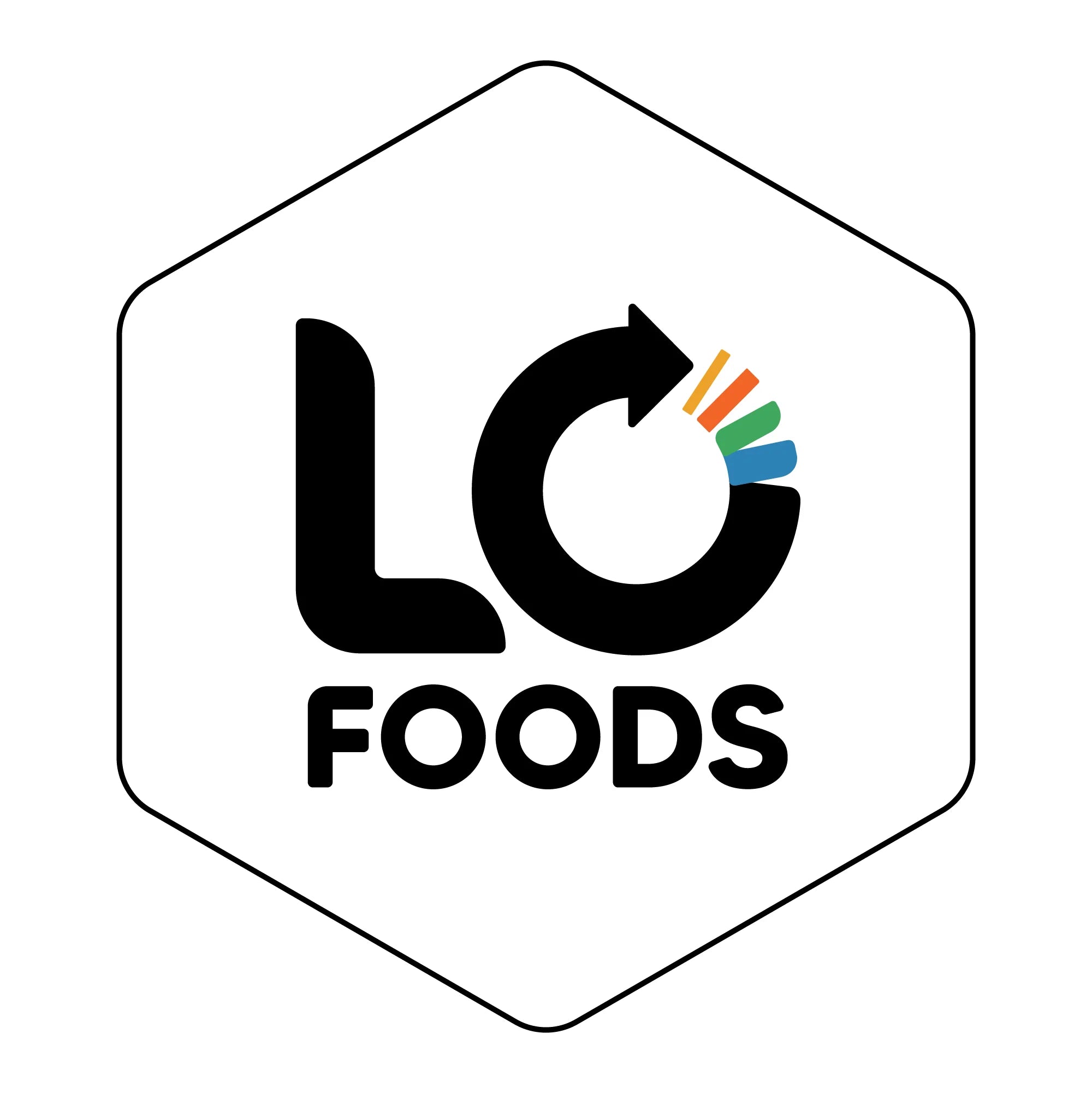


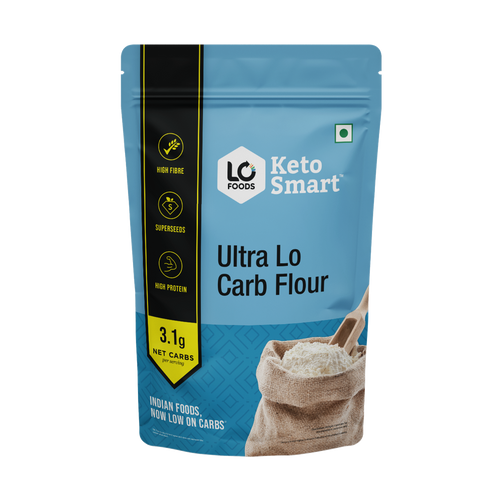
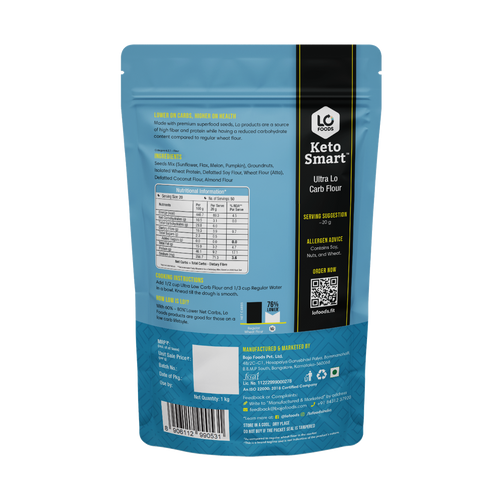
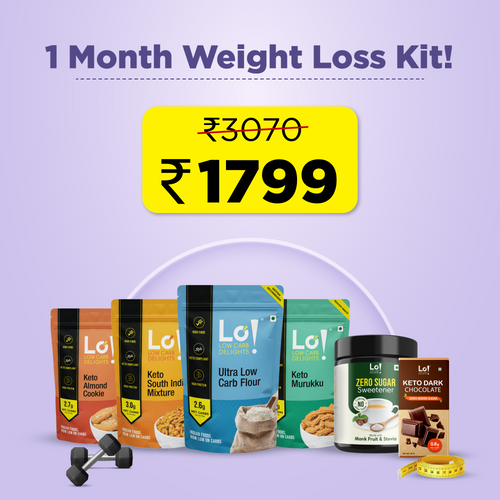
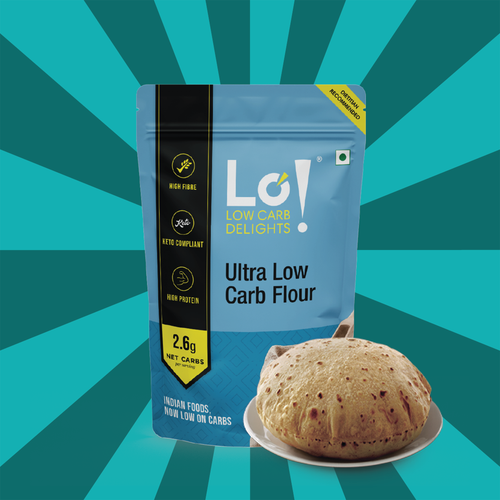


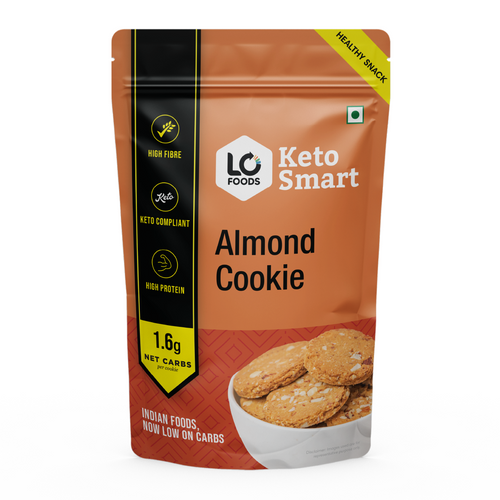
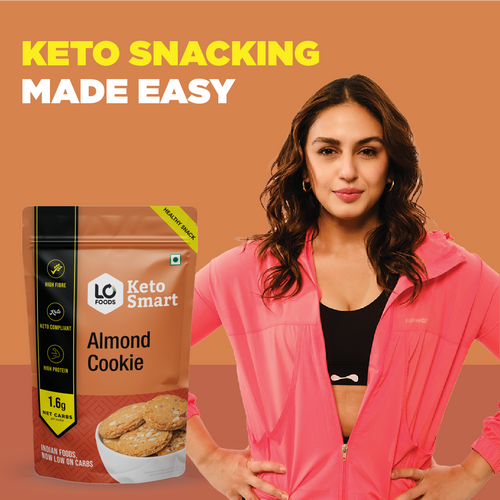

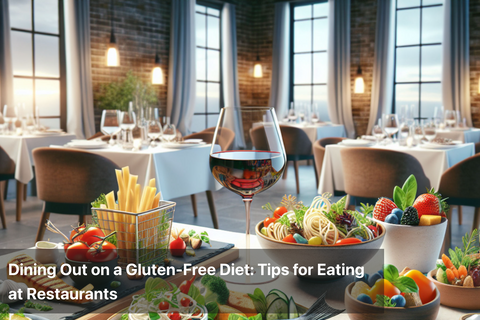
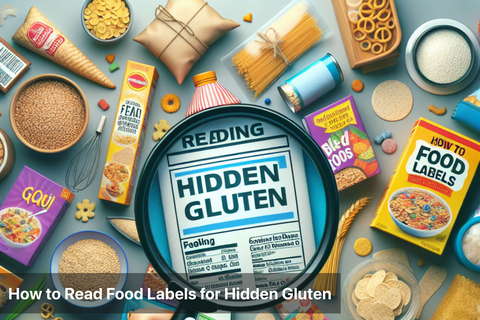

Leave a comment
Your email address will not be published.